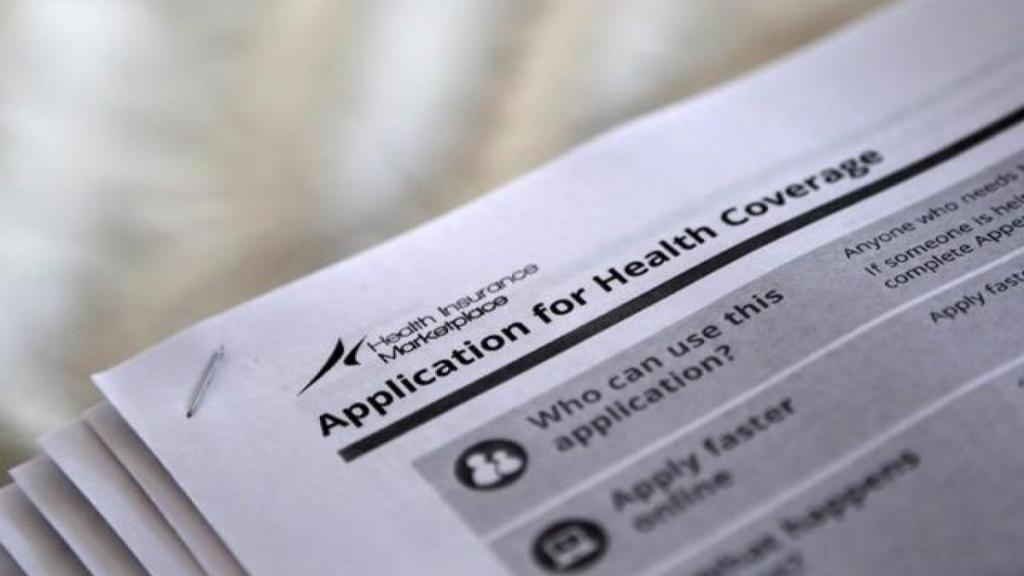A political consensus seems to be emerging on the need to reduce—or even eliminate—the Goods and Services Tax (GST) on health insurance policies, which is currently levied at 18% on the gross premium amount. A reduction in tax incidence on endowment life insurance policies, where gross premiums minus the savings are being taxed on a sliding path, is also being sought. Confronted with a crescendo of demands from the Opposition, and, rather unusually, from within the echelons of the government as well, finance minister Nirmala Sithararam said in Parliament recently that, “several suggestions (in this regard) have come up and I shall take (these) up with the GST Council.” She seemed to imply that the Centre would have no problem with slashing the tax incidence on these financial services, if the state governments were indeed on board. Further, the GST rate rationalisation committee will reportedly meet later this month to finalise a proposal for 5% GST on both health and life insurance, and the council is scheduled to meet on September 9.
But the question at hand would not be as simple as it would appear. India is one of the few countries in the world to tax insurance in an egregious manner—for heath and term policies, the tax is still applied on the gross premium amounts collected. This is at odds with the concept that GST as a transaction tax must apply only on the value addition at each unit of the value chain, and inflates the overall cost of such insurance. The proper base of GST should be the net underwriting income of the insurer, which is the service (consumption) component of the premium. That is, premium, as reduced by claims, which is profit mark-up of the insurer, is only liable to be taxed, going by the basic tenets of GST. Those parts of the premium, which are of the nature of savings/investment, are not supposed to be taxed at all. So is a certain part of the cost of risk cover, which the insurance company tends to mitigate for itself via implicit transfers among the policyholders.
So, while the current debate is about the high GST rate on health insurance, shifting of the tax to the right base, which could be as low as 10-15% of the premiums in most cases, would be the most efficacious solution. This would help make health insurance more affordable, and arrest the trend of people going for policies providing inadequate cover. Besides, input tax credits must be made available to a host of hospital charges as such denials too artificially jacks up premium.
The government spends over Rs 7,000 crore a year to run the Pradhan Mantri Jan Arogya Yojana that seeks to provide a decent health cover of Rs 5 lakh to 550 million people. At the same time, GST collections from insurance in FY24 were around Rs 8,300 crore. Tax policies must go hand in hand with the goal of life and health cover for all by 2047. In advanced economies including the European Union, life and health insurance is exempt from GST/ value added tax (VAT). A clutch of countries have in recent years shifted to a more sensible policy of applying GST/VAT only on the consumption element of insurance policies. India would do well the take a cue from them, as exemptions lead to distortions, denial of tax credits, and rise in the cost of these services.


